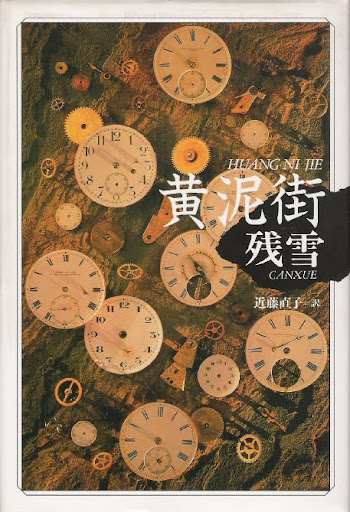Gummo (1997) a film by Harmony Korine 
There is a strong element of black comedy to both stories as well, without which the pieces would be unambiguously negative overall. Little boys curse each other, but they are still clearly little boys. An old man learns to eat black spiders, but hey, he's eating, right? There is an ambiguous idea that life is beautiful in all its forms, even if it is grotesque after experiencing a great disturbance.
This disturbance is also clearly evident in both works. In Can Xue, it was Maoism, including state industry, collectivization, and the use of mass communication to make every speak a common, if empty, rhetoric. For Korine's Xenia, Ohio, the trauma is a tornado that had passed through 20 years before -- the audience is left to wonder just how metaphorical to take that 'tornado.'
Since I had also recently watched a TED Talk on coral reef devastation and the tremendous crisis facing world oceans, I have begun to think of both Yellow Mud Street and Gummo as having an ecological element. The grotesque element that stands out the most in both stories is nothing more or less than the force of life to continue along even after tremendous trauma. After a devastating tornado or pollution event, the life that first returns is always the most grotesque possible, because it must feed off of the waste that is left behind. And this is ambiguously beautiful -- it is beautiful that life will always go on, and it is terrible that the healthiest path of life is so seldom offered.
Sunday, May 23, 2010
Thoughts on the Grotesque
Subscribe to:
Post Comments (Atom)

No comments:
Post a Comment